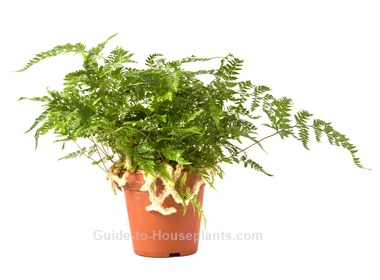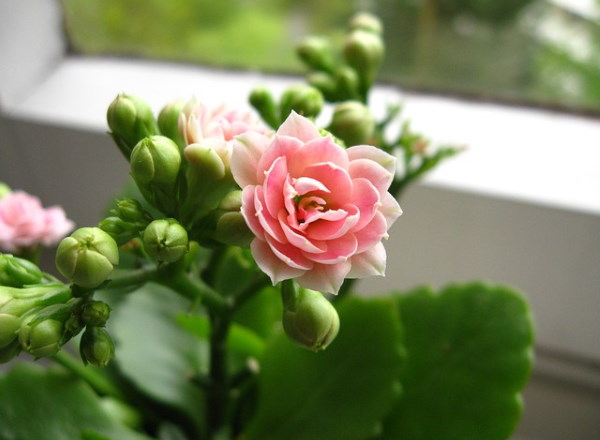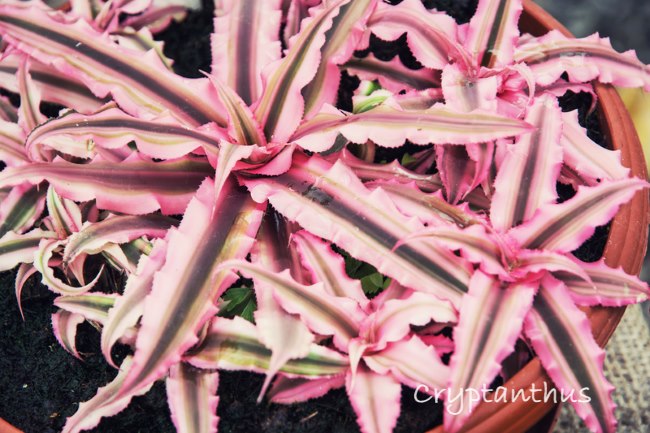Rabbit Foot Fern Indoor Care
Although most types of ferns require high humidity, rabbit foot fern is much easier to please as indoor ferns. House plants will thrive with indirect light and average room temperatures. Find out how to grow these easy indoor ferns as house plants, how to water, when to repot, how much sunlight it wants, more.

Get to Know Rabbit Foot Fern
Known botanically as Davallia fejeensis, this unusual and captivating fern is native to Fiji. It is one of about 40 species of epiphytic ferns, however this is one of the most popular for growing indoors.
Elegant, lacy fronds create a lush mound of evergreen foliage. The main attraction of rabbit foot fern, however, are the furry rhizomes that hang over the side of the container. These light-brown, creeping rhizomes are covered with hairs that look like a rabbit's foot.
It's a good idea to put the plant in a hanging basket because the rhizomes can grow up to 2 ft (60 cm) long. And because you want to show them off, don't you?
Those furry rhizomes are more than eye-catching -- they take up moisture. Mist them every day -- or as needed -- with tepid water to prevent them from drying out.
When to Repot
Repot in spring only when it gets crowded in its pot. Rabbit's foot fern has a shallow root system, so move it to a shallow pot only 1-2 in (2.5-5 cm) wider.
Keep the furry rhizomes on the soil surface because if you bury them, they'll easily rot. This is a good time to divide the plant, if you want.
Propagating Rabbit Foot Fern
Rabbit foot fern can be divided for more plants. Spring and summer is the best time for this, when it is beginning its most vigorous time of growth.
To divide rhizomes, cut them with a sharp, clean knife. Make sure each piece has roots and stems attached. Pot in moist potting mix. The rhizomes hold a lot of water, so be careful not to overwater or they'll rot.
Winter Care for Rabbit Foot Fern
Cut back on watering during the winter months, when growth slows. Allow the top 1-inch of potting medium to dry out before watering again.
Put rabbit foot fern in a cooler spot for the winter, but don't expose it to temperatures below 55°F/13°C. Keep it away from heat vents and drafts.
This Pacific island native tends to lose some of its leaflets in winter. This is normal, and don't worry...this vigorous plant will replace them. Raising the humidity can help.
Rabbit Foot Fern Care
Light: Moderate to bright light. Keep it out of direct sun, which will scorch its leaflets. Fluorescent grow lights work well, too.
Water: Spring through fall, keep the soil moist, but not soggy. In winter, allow top 1 in (2.5 cm) of soil to dry out between waterings.
Humidity: Moderate (around 50% relative humidity). Hot, dry air will cause frond tips to turn brown. Trim off brown leaf tips and raise humidity around it. Use a cool-mist room humidifier or place pot on a tray of wet pebbles. This fern also loves to be misted.
Temperature: Average room temperatures 60-75°F/16-24°C spring through fall. In winter, keep it on the cool side with a minimum of 55°F/13°C.
Soil: Any good potting mix that drains well.
Fertilizer: Feed monthly spring through fall with a balanced liquid fertilizer at half the recommended strength.
Rabbit's Foot Fern Problems, Solutions and Answers
Brown fronds are a symptom of dry air or dry soil. It's a good idea to check the humidity level near your fern because indoor humidity can drop drastically in winter without our noticing it.
Fronds that fall off may happen if the houseplant dries out. However, some dropped fronds are normal during the winter months. Don't give up on it. And don't overwater -- which can cause root rot. Rabbit foot fern will grow new fronds in the spring and summer.
Something bugging your rabbit foot fern? Watch for aphids and scale insects that may infest this fern. Isolate an infested plant to prevent pests from invading your other indoor plants, and treat it right away.
Is this fern toxic to cats and dogs? According to the ASPCA, Davallia spp. are non-toxic and safe around pets. However, curious pets are often attracted to houseplants; another reason to set it in a hanging basket.

